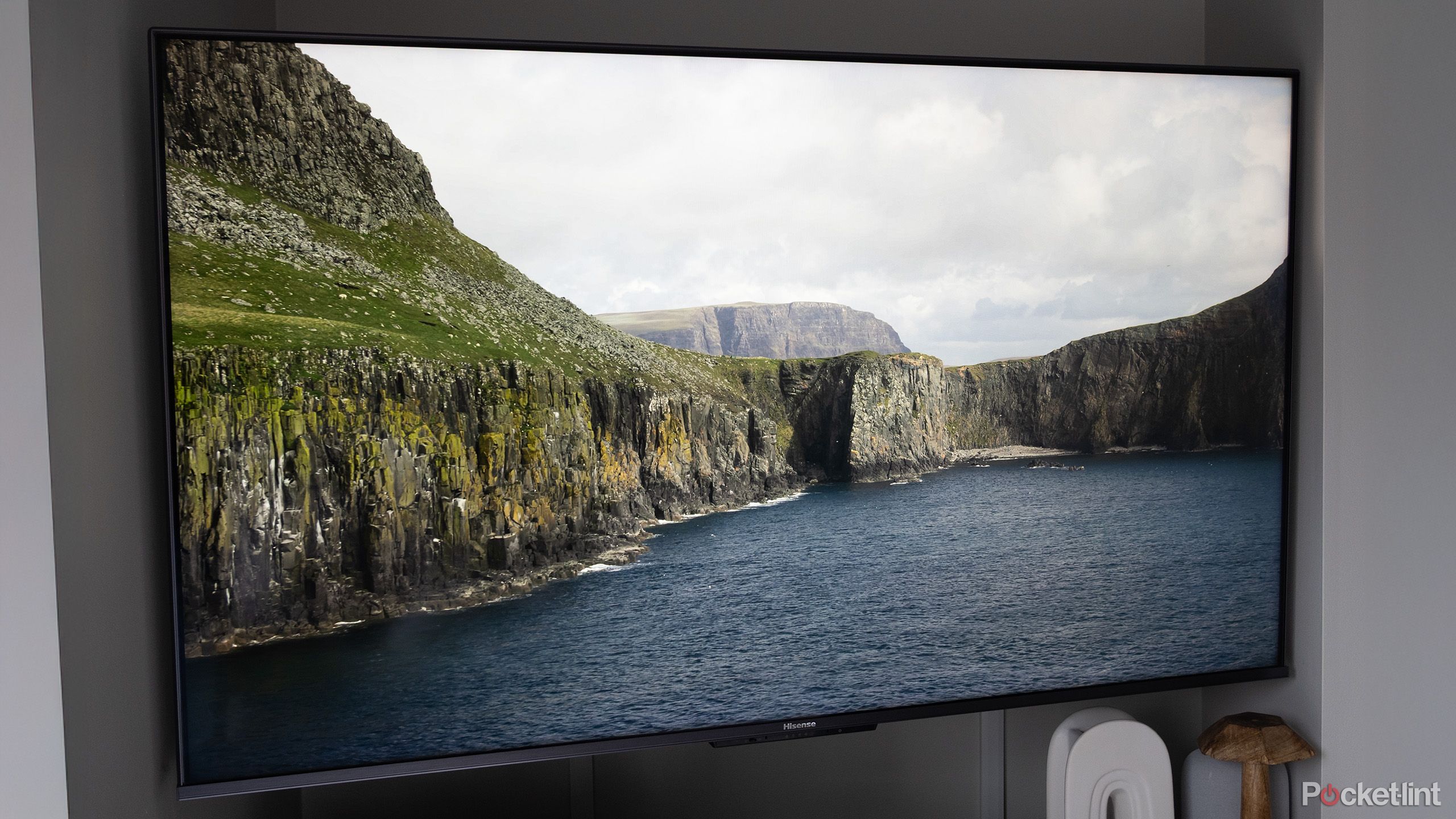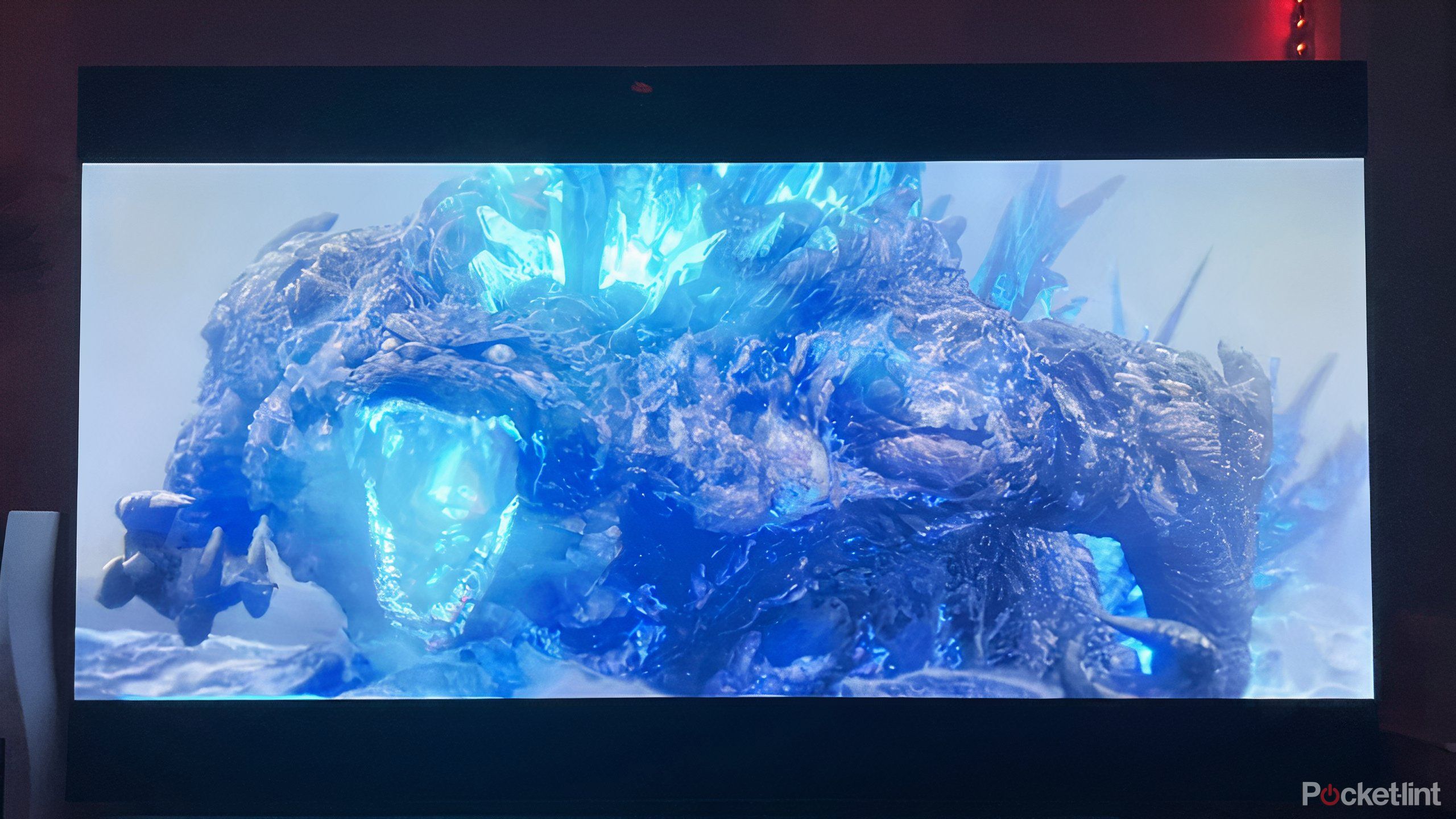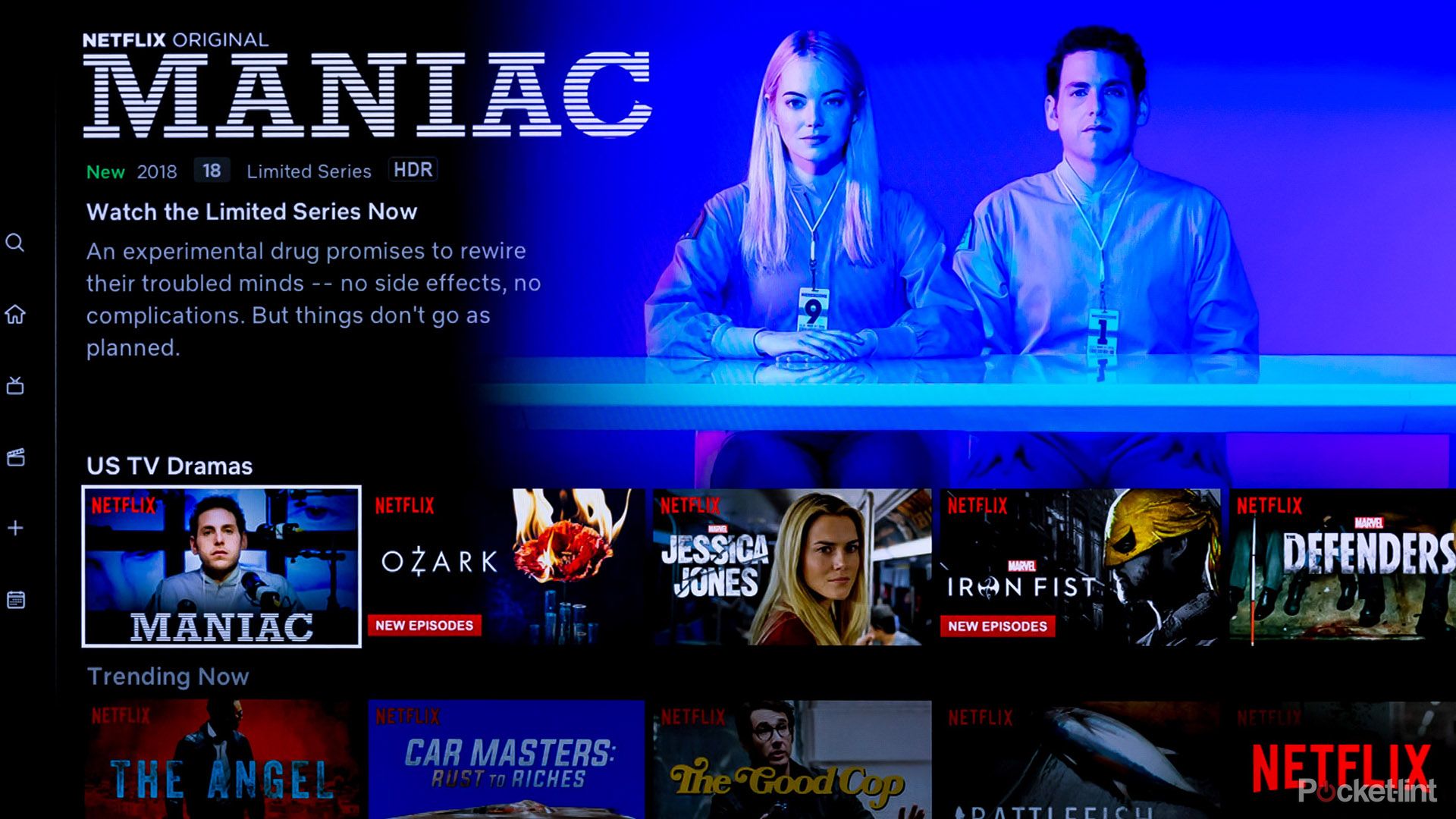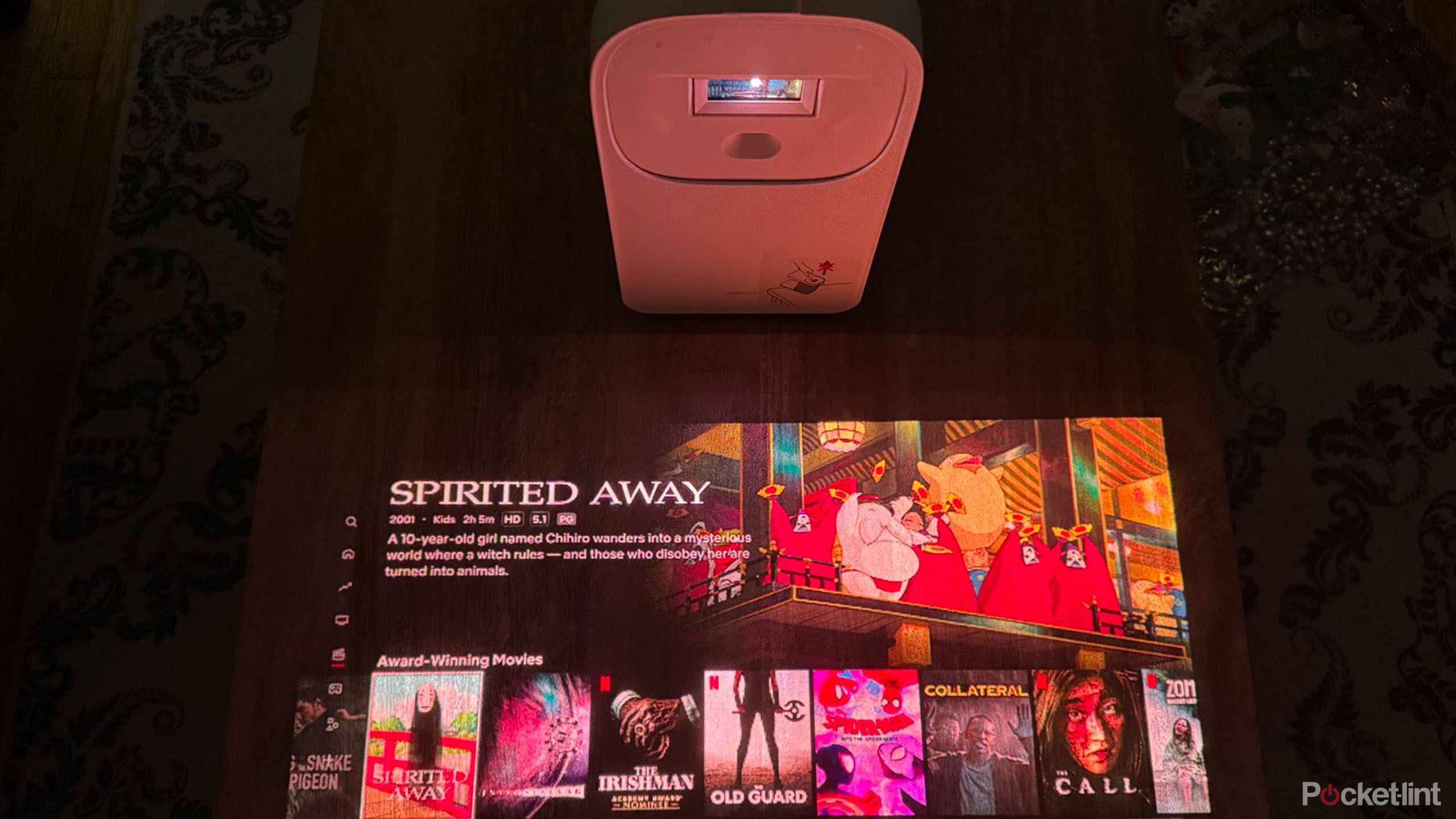Summary
- Don’t settle for low resolution like 780p; invest in at least FHD (1080p) for quality images.
- Be wary of misleading brightness claims; look for ANSI lumens to judge a projector’s quality.
- Make sure a feature is ‘native’ or ‘certified,’ and be mindful that ‘supported’ can be misleading.
From video formats to audio capabilities, smart system operation to throw ratio, there are a lot of aspects to consider when shopping around for a projector. While there are plenty of quality models worth exploring on any budget, the market can also be filled with a lot of misleading and confusing terms and phrases. And though there might be a lot of similarities between smart TVs and projectors, there are some unique qualities that can make shopping for the latter more difficult.
Here are the features, advertisements, and buzzwords you should be wary of when looking for your new projector.

Related
I test projectors for a living and this one made me feel like I was living in the future
Samsung’s versatile projector creates an immersive experience anywhere you desire.
Low-quality resolution and detail
Full high-def is the minimum
Projectors have come a long way, and there’s plenty available that provide a detailed image that looks good in an ideal environment. There’s really no reason to invest in a projector with resolution less than 1080p, or FHD. The drop-off to anything less, such as 780p, can be jarring, especially since most media from the last many years will have been shot in 4K or FHD resolution. Downscaling to such a low standard can distort the content and remove significant detail.
The market is saturated enough with a range of options so that there won’t be much of a discount for a projector that doesn’t offer at least FHD resolution. The little bit of monetary savings simply won’t be worth it.
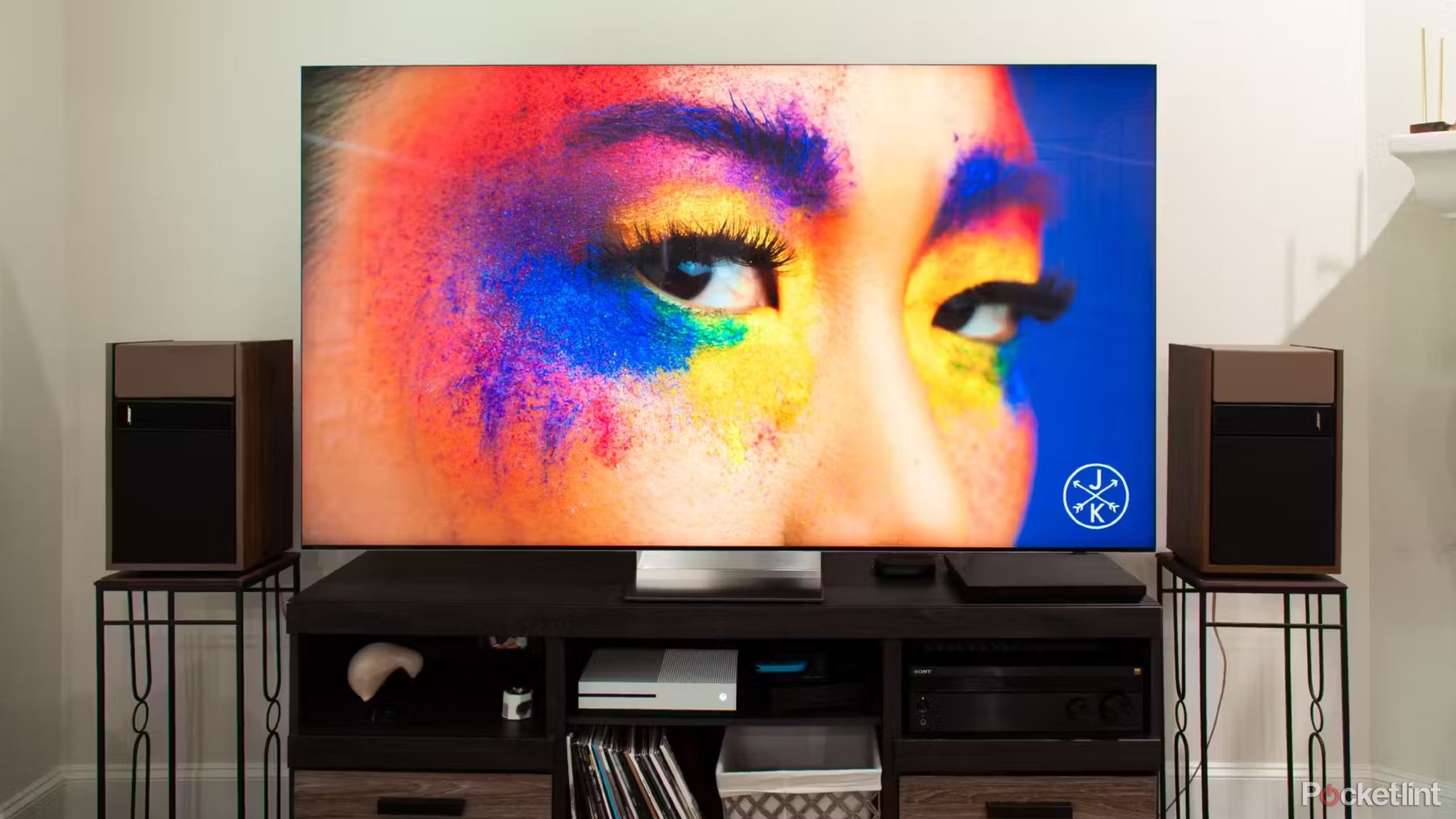
Related
New HDMI tech will support insane resolutions up to 16K
The upgraded technology means movies, shows, and games are about to get a lot better.
Misleading brightness specs
Only pay attention to the standard
Projectors may distort or confuse a key spec in brightness, using big numbers and vague terms to indicate the image created is much brightness, and therefore better suited to diverse environments than others. It’s important to know how brightness really works, and what to avoid.
Projector brightness is measured in ANSI lumens. ANSI stands for American National Standards Institute, and it’s a trusted and widespread measurement of brightness that is relevant to consumers. It basically indicates practical use, whether the projector requires a completely dark space or mostly dim space (under 1,000 ANSI lumens) or if it can withstand brighter areas (2,000 ANSI lumens and up).
If a projector only boasts lumens without the ANSI, then you might only be given information about peak brightness or how powerful the light can be in complete dark. Similarly, companies might use the term lux, which refers to lumens per square meter, to entice you, but lux is reliant on other factors, such as throw ratio and screen size. It’s not a trusted or informative way to understand how a projector works.
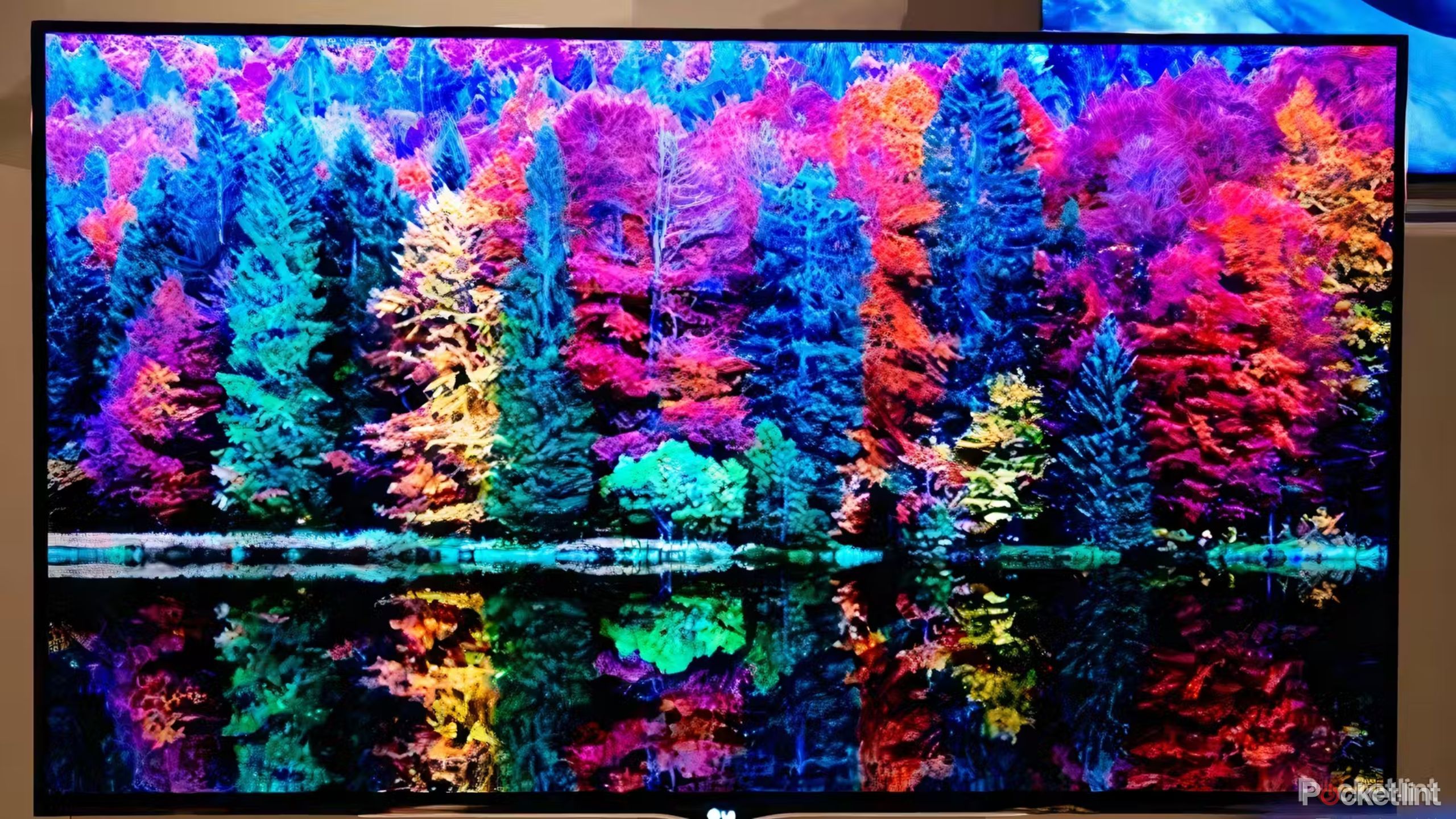
Related
Your TV’s brightness doesn’t do what you think it does
Plenty of factors influence how much peak brightness your TV really needs.
Specs and components that are ‘supported’
Only ‘native’ features are worthy
Another term that can be pretty misleading is ‘supported.’ When a projector boasts that it supports a specific feature or spec or component, it doesn’t so much mean that it can achieve it as much as it means it can tolerate it.
For example, a projector may say that it supports 4K resolution, but that doesn’t mean it will show media in 4K resolution. What the projector really does is it accepts 4K resolution sources and then downscales it to suit its capabilities. The same goes for any support for HDR, DTS, or Dolby Atmos. These are popular smart TV features and sought-after formats for high-quality audio and video, but supporting them isn’t the same as showcasing them. Look for projectors that boast native 4K or native HDR. When it comes to most tech, “native” means the capability is built into the hardware, while “support” often indicates a software enhancement to tolerate or fabricate the tech.
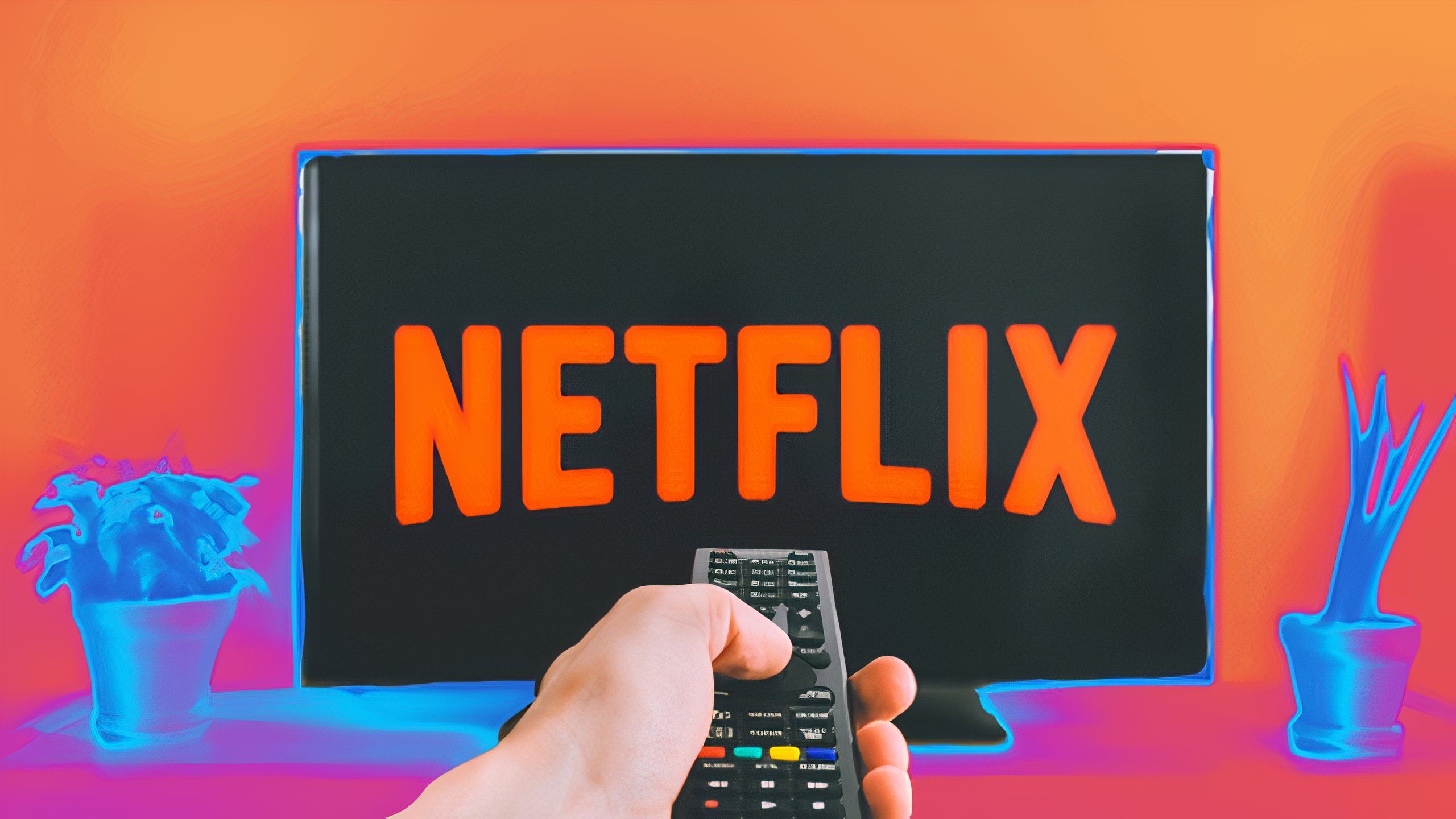
Netflix introduces HDR10+ streaming – is your TV ready?
Netflix has finally added support for HDR10+ video streaming.
Seek out trusted smart system or services
Watch out for custom setups
A quality projector is going to boast some kind of smart system that allows you to navigate across your favorite apps and streaming services. This saves you from having to connect a streaming device or laptop to your projector in order to view titles.
If a projector doesn’t have a licensed OS with access to an app store, it might still try to call itself “smart” by running a cheaper, knock-off version of an operating system. This may be “open-source,” or “custom” or even say an app that is already installed. But that doesn’t mean it will work consistently or with any amount of quality behind it. Companies may also boast casting capabilities, but this doesn’t mean it supports streaming directly; you may end up mirroring from your phone, resulting in less quality and more buffering.
If you’re looking at a smart projector, make sure it runs an OS that is popular, trusted, and certified.
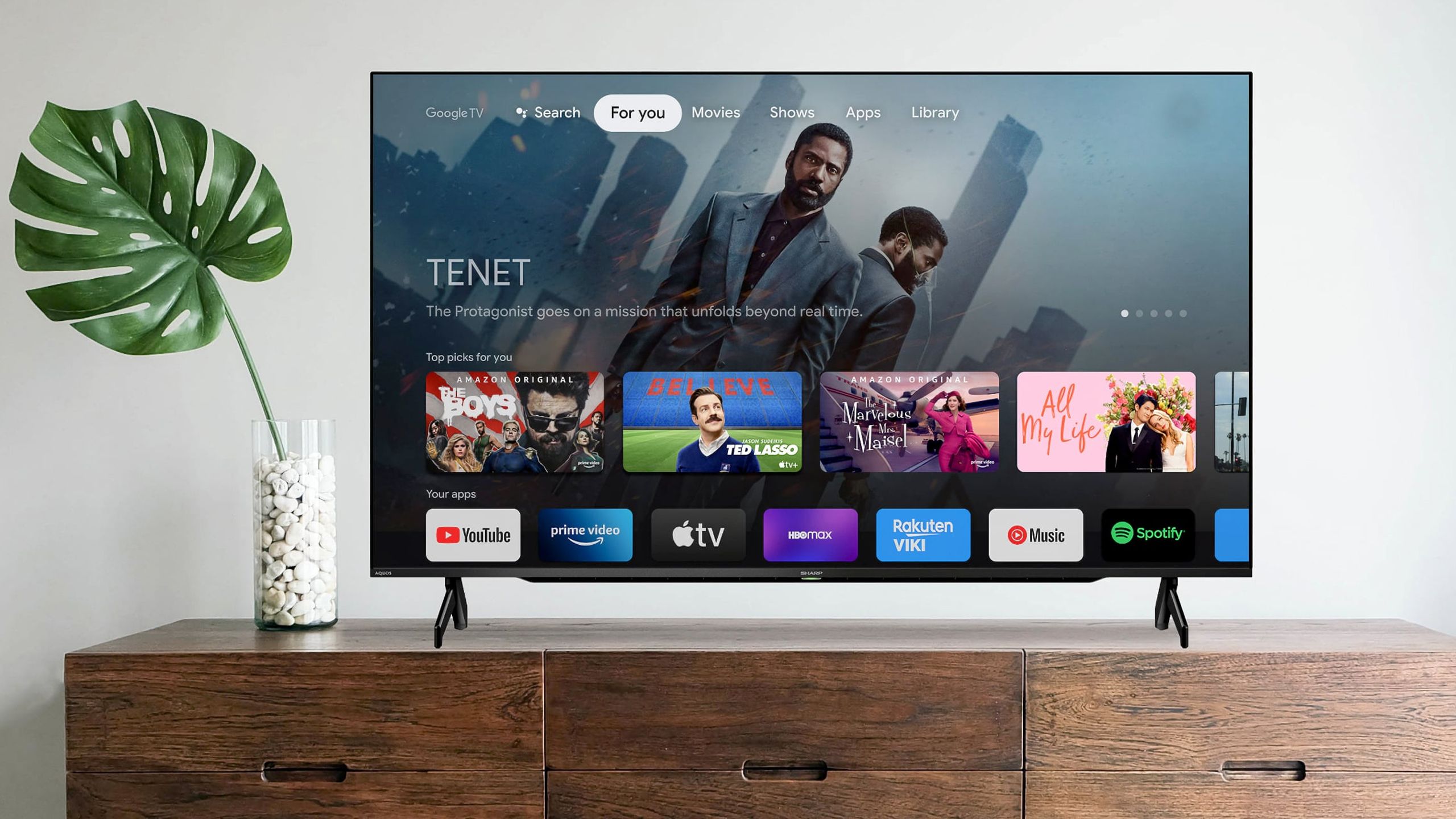
Google TV users frustrated with unwelcome addition to refreshed interface
Material 3 Expressive is slowly starting to make its way to Google TV, and so are new homescreen ads.





